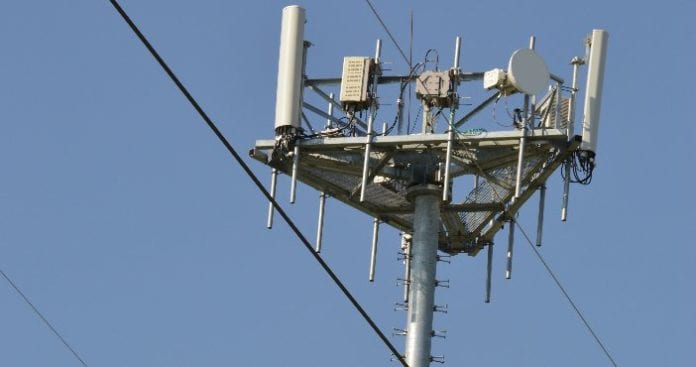Interference problems have plagued LTE networks from the start. External sources of interference, from streetlights to baby monitors to rogue base stations, can slow network data speeds or disrupt connectivity.
Nevertheless, external interference is often the last problem network operators tackle. This is primarily due to the difficulty and high cost of mitigating interference using traditional tools such as network switch data and spectrum analyzers. The problem can only be solved with more efficient methods for identifying, detecting, and locating interference.
Identifying interference problems using switch data can be time-consuming for engineers. This reactive approach also delays mitigation. A proactive approach is both more efficient and effective. By applying specialized algorithm-based analytics to field test data, collected during routine drive tests or site surveys, engineers can quickly identify external interference. A good algorithm will also give engineers a head start on locating the source of interference.
Detecting and locating interference in the field—sometimes referred to as interference hunting—can be time-consuming and difficult using traditional spectrum analyzers. Specialized tools make interference hunting faster and easier. However, stand-alone interference hunting tools can be expensive. Scanning receiver-based interference hunting systems leverage equipment that engineers already have on hand. This makes them an affordable solution for efficient interference hunting.
Interference isn’t just a problem for network operators. The growth of the Internet of Things and enterprise wireless means that individual companies have an increasing stake in wireless network performance. These stakeholders may lack both the resources and the expertise to tackle interference challenges. The best solution is an expert network engineering services team that can cost-effectively manage the entire process of interference mitigation.
With better tools and better processes, network operators and enterprise customers can efficiently identify, detect, and locate external interference problems. More importantly, engineering teams can leverage these efficiencies to implement cost-effective interference management programs that deliver greater network reliability and quality of experience.
To learn more about best practices for hunting interference in the field, read PCTEL’s application note, “How to Mitigate External RF Interference.” PCTEL’s Network Engineering Services team uses these practices for our own interference mitigation services. You can also learn more by watching our video series demonstrating PCTEL’s SeeWave® interference locating system. Finally, PCTEL’s website has information about SeeHawk™ Analytics and its algorithm-based methods for detecting interference and other network problems.

